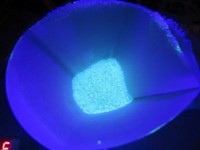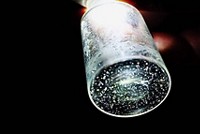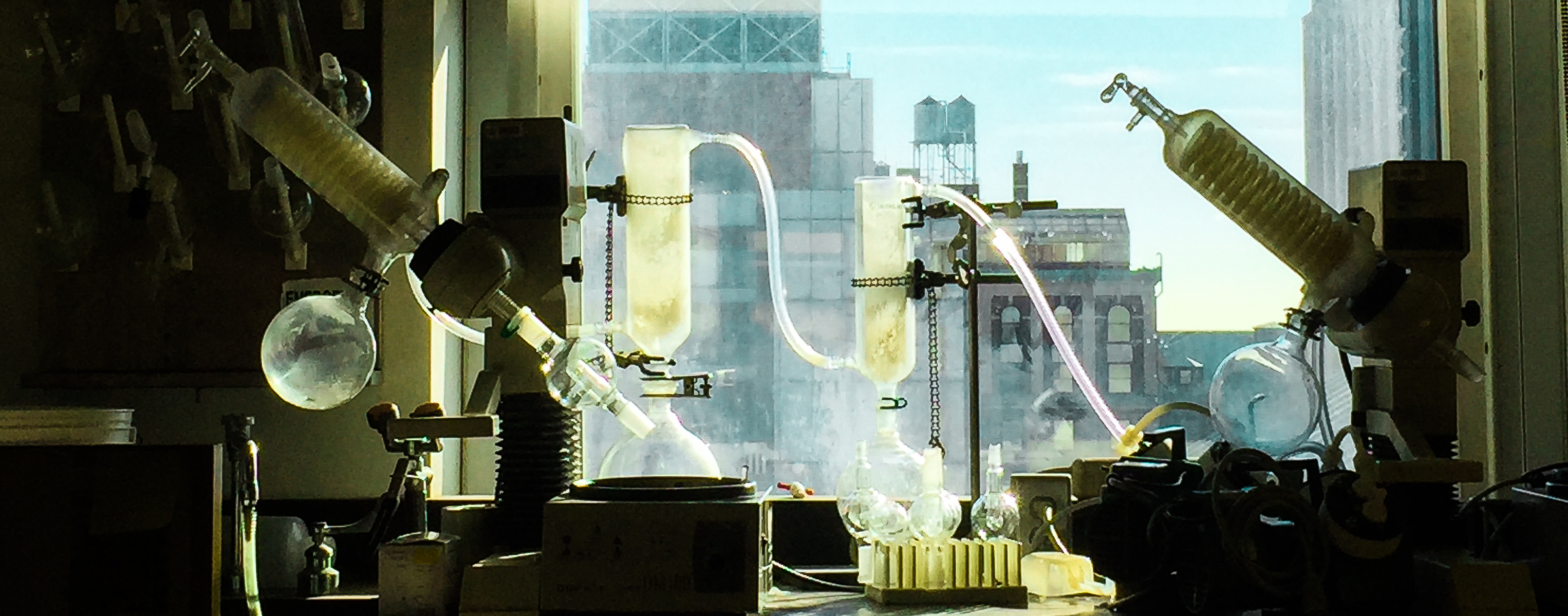Advertisement
Grab your lab coat. Let's get started
Welcome!
Welcome!
Create an account below to get 6 C&EN articles per month, receive newsletters and more - all free.
It seems this is your first time logging in online. Please enter the following information to continue.
As an ACS member you automatically get access to this site. All we need is few more details to create your reading experience.
Not you? Sign in with a different account.
Not you? Sign in with a different account.
ERROR 1
ERROR 1
ERROR 2
ERROR 2
ERROR 2
ERROR 2
ERROR 2
Password and Confirm password must match.
If you have an ACS member number, please enter it here so we can link this account to your membership. (optional)
ERROR 2
ACS values your privacy. By submitting your information, you are gaining access to C&EN and subscribing to our weekly newsletter. We use the information you provide to make your reading experience better, and we will never sell your data to third party members.
Process Chemistry
Chemistry In Pictures
Chemistry in Pictures: Diazo rainbow
by Manny Morone
July 18, 2019

What you’re looking at is not one, but five reactions running through the same flow reactor. While studying at the Université de Montréal in the lab of André B. Charette, Eric Levesque designed continuous-flow-synthesis systems similar to this one. This work focused on making diazo compounds, which are synthetically useful yet hard-to-handle molecules. Because flow reactions bring only small amounts of starting materials into contact at once, they have the potential to be safer and thus can be scaled up for industry. Each color of hosing in this flow reactor represents a different reaction product being made sequentially in the tubing (Ph is phenyl):
PhC(N2)CO2C2H5 (yellow)
PhC(N2)CF3 (light orange)
PhC(N2)H (dark orange)
((4-CH3)Ph)C(N2)H (light pink)
Ph2CN2 (dark pink).
Submitted by Eric Levesque. Read the paper: Angew. Chem., Int. Ed. 2017, 10.1002/anie.201608444.
Do science. Take pictures. Win money. Enter our photo contest here.
Related C&EN Content:





Join the conversation
Contact the reporter
Submit a Letter to the Editor for publication
Engage with us on Twitter